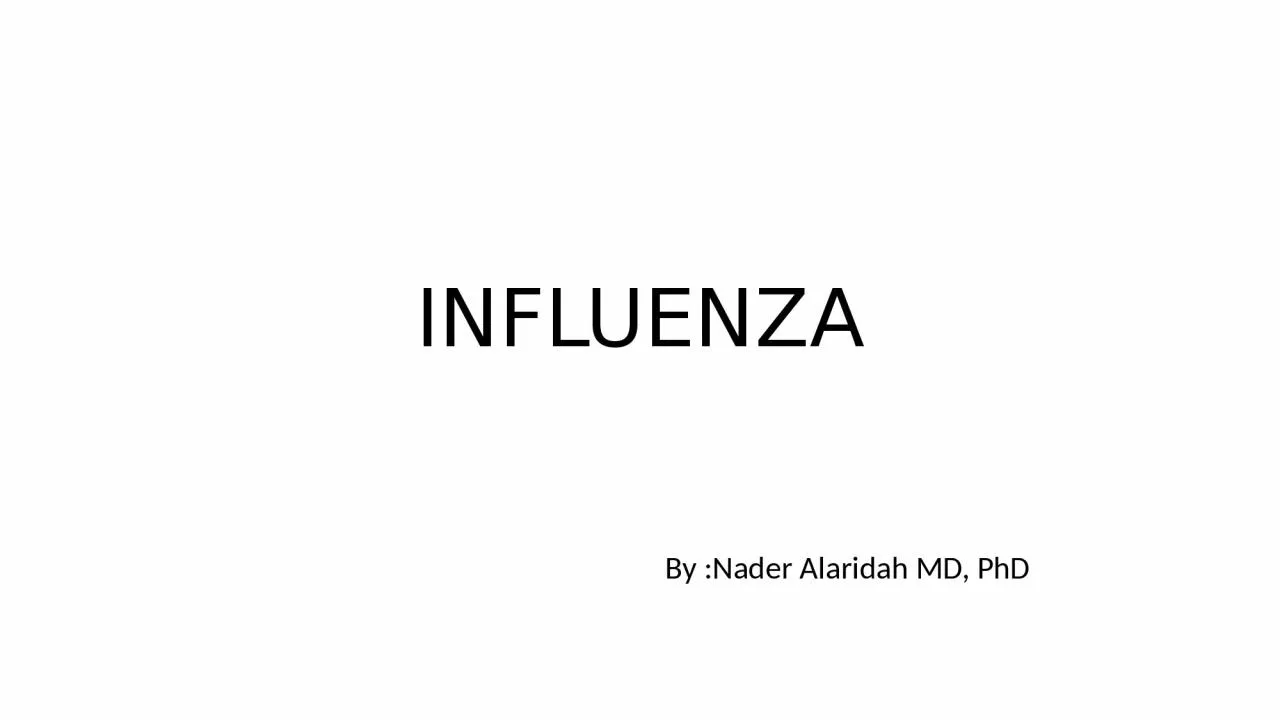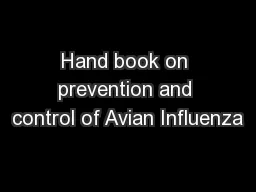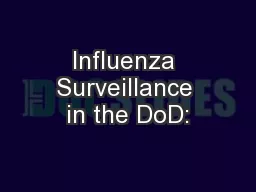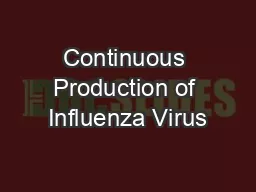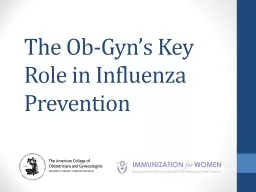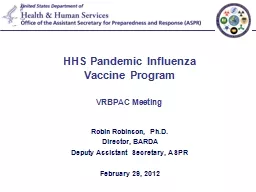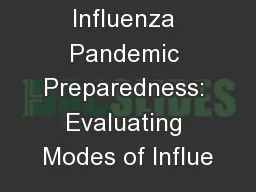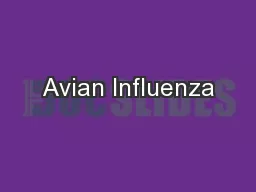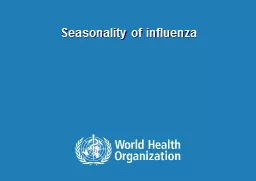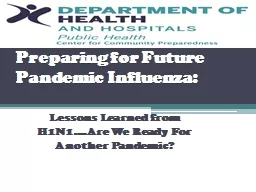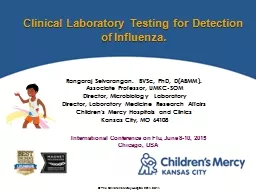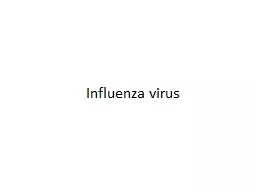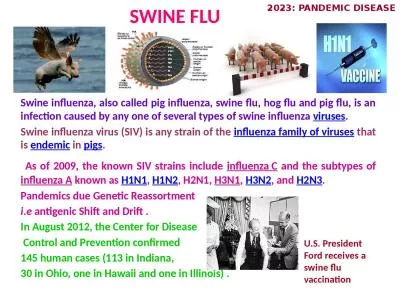PPT-INFLUENZA By :Nader Alaridah
Author : SexyBeast | Published Date : 2022-08-03
MD PhD General Consideration Acute viral respiratory illnesses are among the most common of human diseases accounting for onehalf or more of all acute illnesses
Presentation Embed Code
Download Presentation
Download Presentation The PPT/PDF document "INFLUENZA By :Nader Alaridah" is the property of its rightful owner. Permission is granted to download and print the materials on this website for personal, non-commercial use only, and to display it on your personal computer provided you do not modify the materials and that you retain all copyright notices contained in the materials. By downloading content from our website, you accept the terms of this agreement.
INFLUENZA By :Nader Alaridah: Transcript
Download Rules Of Document
"INFLUENZA By :Nader Alaridah"The content belongs to its owner. You may download and print it for personal use, without modification, and keep all copyright notices. By downloading, you agree to these terms.
Related Documents

